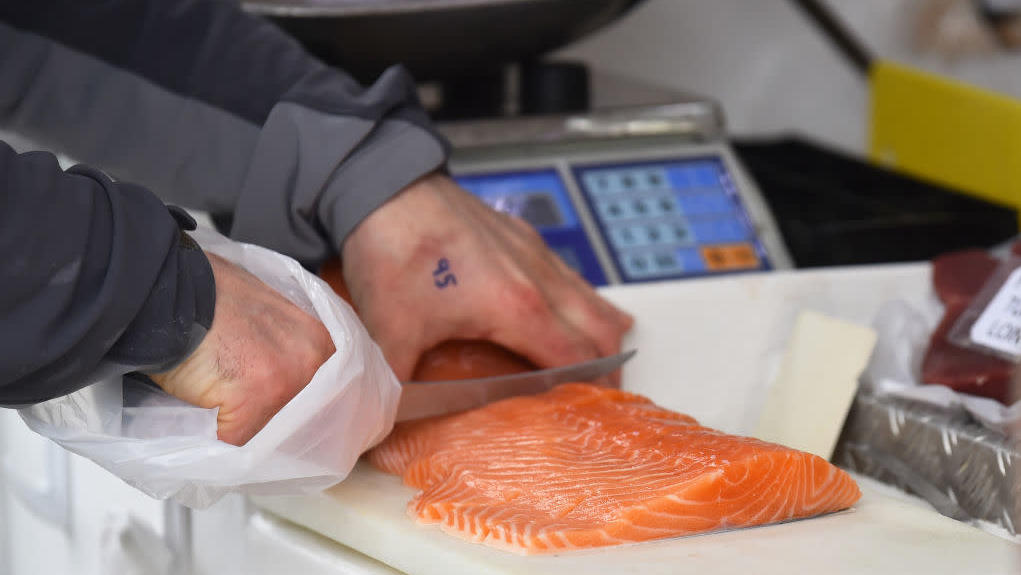Is Your Seafood What You Think It Is? Labels May Be Deceiving.
When I go shopping for seafood, I tend to trust labels. If I see a bright white fillet labeled "cod," I think, "Okay, this is cod." Red snapper? Got it. I mean, it's easy for me to tell the difference between a pork chop and a steak, so why should be fish be any different? But it turns out that the red snapper I bought might have actually been an entirely different kind of fish. The Guardian has the details.
The Guardian pored over 44 recent studies of over 9,000 seafood samples from grocery stores, restaurants, and fishmongers in more 30 countries and concluded that 36% of them were mislabeled. That's over a third of fish sold. Holy shit.
Many of the studies used DNA analysis, employing new techniques. In one test of fish labeled "snapper," by grocery stores, restaurants, and fishmongers from New Zealand, Australia, Singapore, the UK, and the U.S., the researchers found that 40% of the fish was not labelled accurately. The countries with the most mislabeled snapper were Canada and the UK, each with 55%, while the U.S. came next at 38%. Who knew red snapper was full of lies?!
In a 2018 study of fish labeled "snapper" in the UK, nearly 70% were not actually snapper and, in fact, came from a whopping 38 different species. Depressingly, this included reef-dwelling species that are likely threatened by overfishing and habitat degradation. A German study of scallops labeled "king scallops" showed that 48% of the samples tested were actually cheaper Japanese scallops. A study of prawn balls sold in Singapore revealed that there wasn't even any prawn meat in them at all; instead, it was all pork.
Apparently, this has been an issue for a long time. Seafood is one of the most widely traded food commodities on the international market, and because its supply chains can be complex, it's vulnerable to mislabelling. And you guessed it: Changing the labels means is a way to make more money off a catch. The studies mostly targeted specific species, which means it's not necessarily a safe bet to conclude that 36% of global seafood is deliberately mislabelled. But most of the fish that is labelled incorrectly has lower-priced fish replacing the higher-end kind, which seems to indicate widespread fraud rather than occasional mistakes.
This issue runs deeply and far beyond what I've mentioned so far, so if you've got some time today, be sure to check out the article. It raises so many questions about food we eat every day, and goes into some intense detail about the global supply chain of seafood. And now I wonder just how much mislabeled seafood I've been eating.
